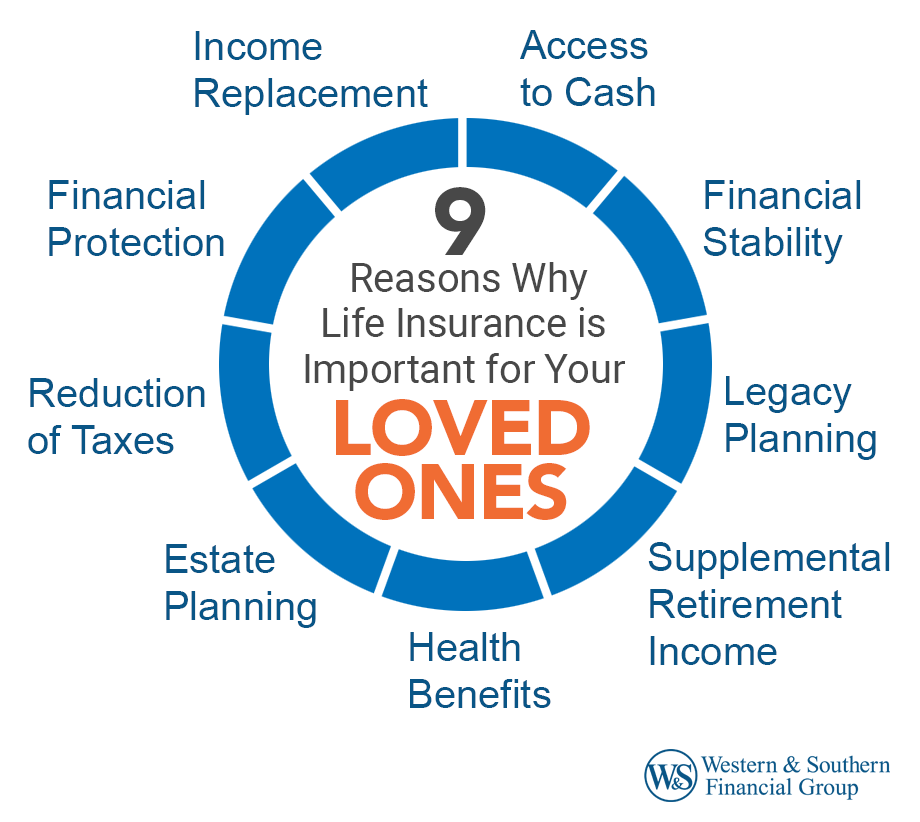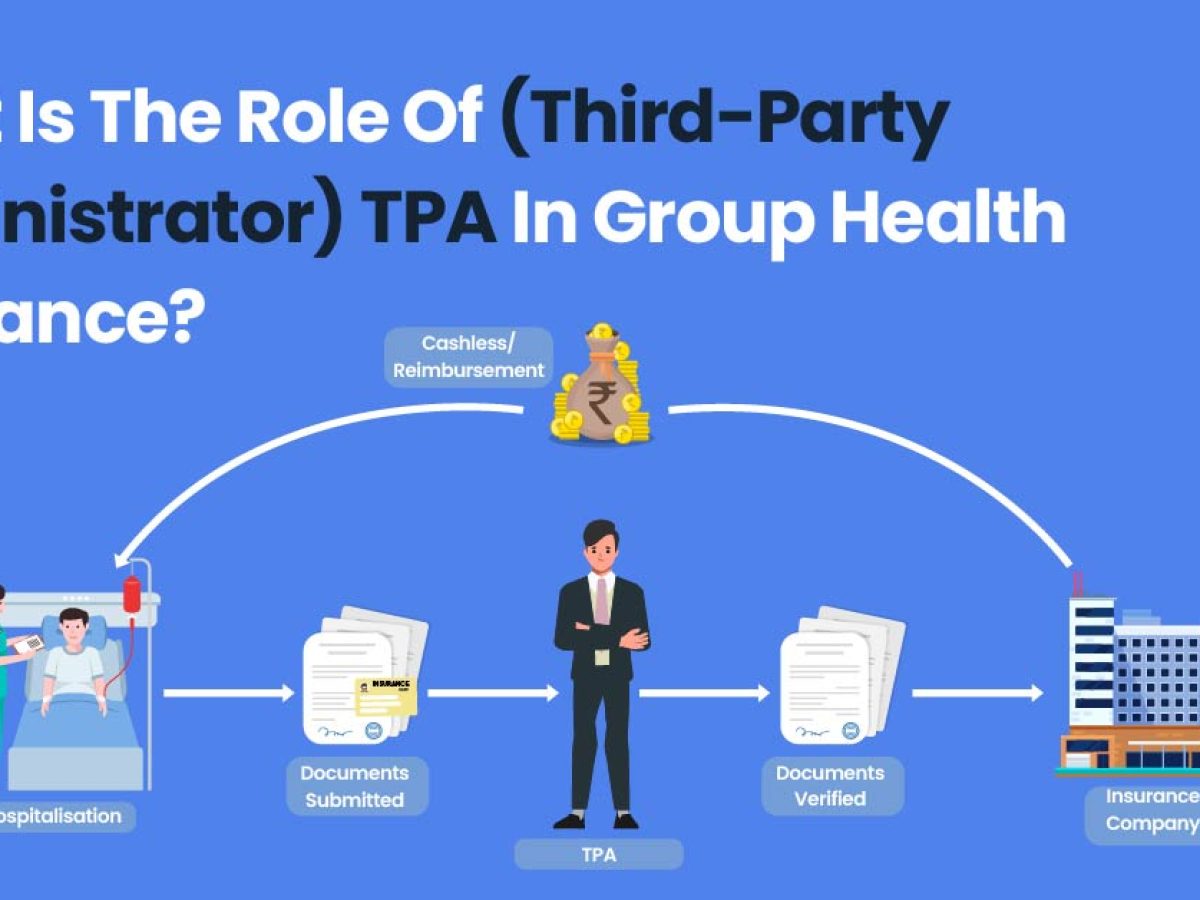The Definitive Guide for Pacific Prime
The Definitive Guide for Pacific Prime
Blog Article
Pacific Prime for Dummies
Table of ContentsThe Main Principles Of Pacific Prime Not known Facts About Pacific PrimeAll about Pacific PrimeA Biased View of Pacific PrimeThe Facts About Pacific Prime Revealed

This is since the information were collected for a period of solid economic efficiency. Of the approximated 42 million people who were without insurance, all however regarding 420,000 (about 1 percent) were under 65 years of age, the age at which most Americans come to be eligible for Medicare; 32 million were grownups between ages 18 and 65, around 19 percent of all grownups in this age; and 10 million were kids under 18 years old, regarding 13.9 percent of all youngsters (Mills, 2000).
These estimates of the number of individuals uninsured are produced from the yearly March Supplement to the Existing Population Survey (CPS), carried out by the Demographics Bureau. Unless or else noted, nationwide estimates of people without medical insurance and proportions of the populace with various kinds of insurance coverage are based on the CPS, one of the most widely utilized source of quotes of insurance policy protection and uninsurance prices.
Indicators on Pacific Prime You Should Know

Still, the CPS is especially useful due to the fact that it generates annual price quotes reasonably quickly, reporting the previous year's insurance coverage approximates each September, and due to the fact that it is the basis for a consistent collection of quotes for more than 20 years, enabling analysis of trends in coverage over time. For these factors, in addition to the extensive use the CPS in various other researches of insurance policy protection that exist in this record, we count on CPS quotes, with restrictions noted.

The price quote of the variety of uninsured individuals broadens when a population's insurance standing is tracked for numerous years. Over a three-year period starting early in 1993, 72 million people, 29 percent of the united state population, were without insurance coverage for at the very least one month. Within a solitary year (1994 ), 53 million people experienced at the very least a month without coverage (Bennefield, 1998a)
Six out of every 10 without insurance adults are themselves employed. Functioning does enhance the likelihood that one and one's family participants will have insurance coverage, it is not a warranty. Also participants of families with 2 full time breadwinner have nearly a one-in-ten possibility of being uninsured (9.1 percent without insurance rate) (Hoffman and Pohl, 2000).
The smart Trick of Pacific Prime That Nobody is Discussing
New immigrants represent a considerable proportion of individuals without medical insurance. One analysis has actually associated a considerable part of the recent growth in the size of the U.S. without insurance populace to immigrants that showed up in the country in between 1994 and 1998 (Camarota and Edwards, 2000). Recent immigrants (those that pertained to the United States within the previous 4 years) do have a high price of being without insurance (46 percent), but they and their kids account for just 6 percent of those without insurance policy across the country (Holahan et al., 2001).
The connection between health insurance policy and access to care is well established, as documented later on in this chapter. Although the relationship between medical insurance and health and wellness end results is neither direct nor simple, a considerable scientific and health and wellness solutions research study literary works web links medical insurance protection to improved access to care, much better top quality, and boosted individual and populace wellness status.
Degrees of evaluation for analyzing the results of uninsurance. It focuses especially on those without any click to read more type of wellness insurance coverage for any kind of length of time.
The 7-Second Trick For Pacific Prime
The problems faced by the underinsured are in some areas comparable to those faced by the without insurance, although they are typically less extreme. Wellness insurance coverage, nevertheless, is neither necessary nor sufficient to obtain accessibility to medical solutions. The independent and direct result of wellness insurance protection on access to health solutions is well established.
Others will acquire the health treatment they need even without health insurance policy, by paying for it expense or seeking it from carriers who use treatment free or at highly subsidized prices. For still others, health and wellness insurance coverage alone does not ensure invoice of treatment since of various other nonfinancial barriers, such as a lack of healthcare suppliers in their community, restricted accessibility to transportation, illiteracy, or etymological and cultural distinctions.
The smart Trick of Pacific Prime That Nobody is Discussing
Official study about without insurance populations in the United States dates to the late 1920s and early 1930s when the Board on the Expense of Treatment created a series of records concerning funding physician workplace brows through and hospitalizations. This problem ended up being prominent as the numbers of clinically indigent climbed up throughout the Great Depression.
Report this page